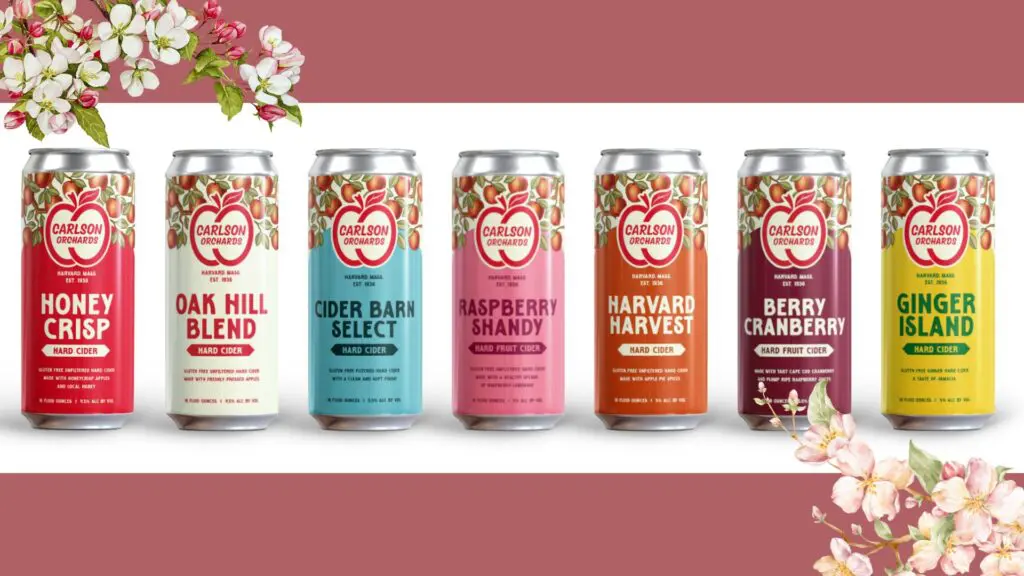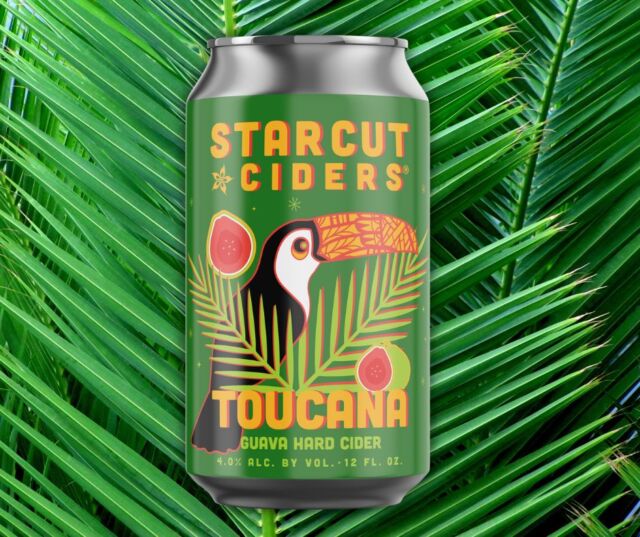Feiger is the owner and operator of the Seattle-based Pinball Cider & Seltzer. It’s a brand that is both product and vibe. It’s the bubbly, bounce-around nature of a pinball game mixed with the brightness of ingenuity. And Feiger has it all laid out, even as he continues to experiment with the many small batches his customers love.
We caught up with Feiger to talk to him about the origins of Pinball; what he loves about cider and branding; and where he’d choose to be if left on a desert island with just his cider press to keep him company.
Pinball is a very popular game here in Seattle. Why did you land on it as the name for your company — did you play? Is it a reference to the bubbly carbonation?
Pinball Cider was born in Seattle, so I wanted to weave aspects of the city into the fabric of the brand. When I started making hard cider, my kids and I were playing a lot of pinball. Full Tilt in Ballard was a frequent stop on our circuit — they have beer, cider, ice cream and pinball. What’s not to love?! Anyway, it’s a pastime that’s synonymous with the city and some of its characteristics felt in-line with my cider, from how the carbonated bubbles bounce around, to the way we bounce around from one release to the next, to the energy of the artwork.
It’s hard to land on an aesthetic and branding with a company, yet you’ve put forth offerings for both that pop. Do you have a background in branding or just the best in-house designer?
My career has primarily existed in design and advertising, and I’ve always liked turning side projects into brands that I can develop outside of the work I do for my clients. It frees me up to design unhinged without the requirement of any client approvals. Not to sound too heady, but in many ways, it represents my creative voice in its purest form.
When I’m not working on Pinball, I run a creative studio specializing in branding and marketing for the food and beverage industries called Food Court Creative. Pinball allows us to experiment and build a brand of our own, providing us with really great learnings and insights that we can provide for our clients. It also allows us to better empathize with other business owners — I think they appreciate that we understand what they’re going through; the struggles they face and the opportunities they don’t know they have.

Why do you do so many small batches? How do customers respond to them?
Living in the Pacific Northwest provides us with a bounty of amazing fruit and hops, and we always like to use them when they’re at their peak freshness. For that reason, the releases have always been pretty seasonal, and we like it that way. It allows us to feature incredibly fresh ingredients that we can experiment with more often. Our customers seem to appreciate that, as well.
In fact, we often bring them into the fold of what we’re creating, sending out surveys asking for their input on future releases. Our business is primarily direct-to-consumer, driven by our website (PinballCider.com), so I want to make sure we’re always thinking about our customers, what they’re responding well to and how we might be able to expand their palates.
You obviously feel that hard cider is versatile — when did you come to this realization? And what about it makes for so many styles, tastes and aesthetics?
When I first started making hard cider at home, I was struck by the combination of flavors that I could add on top of a good hard cider base. More often than not, I was getting carried away and adding way too much, but over the years I’ve continued to hone my palate and have a much better idea of what works and what doesn’t — and I continue to learn. I’ve also hopped on the natty-cider train and have grown to love using cider apples without any adjuncts or added yeast. More on that in the future!
I think I also like to experiment with the label design and branding almost as much as our cider varieties. When I’m thinking about new flavors, I’m also thinking about a larger concept that informs the label design and even the social content. I want the experience our customers have with the brand to be cohesive across all touchpoints, with nothing feeling like an afterthought. Honestly, I think I love designing the labels and creating the social content almost as much as I enjoy making the cider. To me, they’re all one and the same. Everything is connected.
Bonus Question: If you were stuck on a desert island anywhere in the world with only your cider press, where would you want to land — and because of which ingredients?
I think it would have to be the Hawaiian Islands — and I won’t pick just one of the islands, because I’d have a boat that I’d use to hop around. The entire cider operation would live on the boat, and I’d make hard cider with pineapples from farmers that I’d befriend. That sounds like the dream!
Cideries on the Hawaiian Islands have been doing some pretty amazing things with hard cider and pineapples over the last few years. At this point, it’s a trendy flavor profile, but I think it’s a trend for a reason and a trend we love to play with, as well. Our pineapple hopped hard cider has become a staple in the summer, which our customers always love.
Having gone to college in Santa Barbara, the idea of being somewhere where I can surf every day and make hard cider with pineapples sounds like a pretty dreamy vibe, too.





















